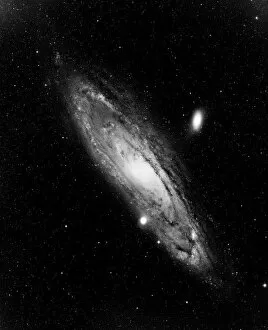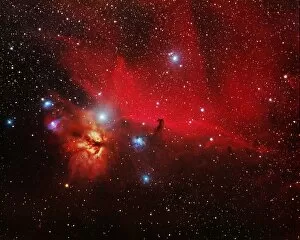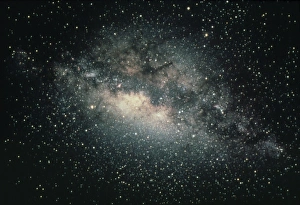Optical Astronomy Collection
Optical astronomy unveils the wonders of the universe, capturing intricate details like never before
All Professionally Made to Order for Quick Shipping
Optical astronomy unveils the wonders of the universe, capturing intricate details like never before. Through its lens, we explore the Moon's surface, revealing its hidden intricacies and unveiling a world beyond our reach. The optical photo of Andromeda galaxy and its satellites transports us to distant realms, where galaxies dance in harmony. Astronomy delves into the mysteries of space using the vast spectrum of light. Optical instruments allow us to dissect this spectrum, unraveling celestial secrets that lie within each wavelength. The primary mirror of Keck II telescope stands tall in Hawaii's Mauna Kea observatory, reflecting our insatiable curiosity as it peers deep into cosmic wonders. The Keck I and II observatories on Mauna Kea serve as gateways to unparalleled discoveries. These magnificent structures house cutting-edge technology that enables astronomers to capture breathtaking images with astonishing clarity. From Halleys comet gracefully gliding through space to the ethereal Horsehead and Flame nebulae captivating our imagination - optical photography captures these fleeting moments for eternity. Intriguingly close by is a nebula near Altair, a bright star illuminating its surroundings with celestial beauty. Optical astronomy allows us to witness such stellar phenomena up close, bridging the gap between Earth and distant stars. Through optical astronomy's lens, we embark on an endless journey through time and space – unlocking secrets hidden among twinkling stars and shimmering galaxies, and is a testament to humanity's unyielding desire for knowledge; an exploration fueled by wonderment that continues to push boundaries further than ever imagined.










